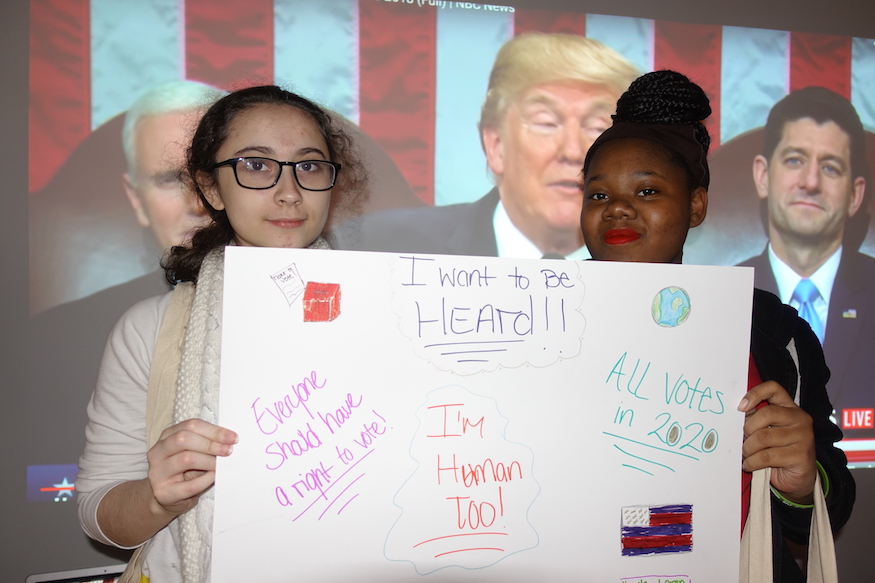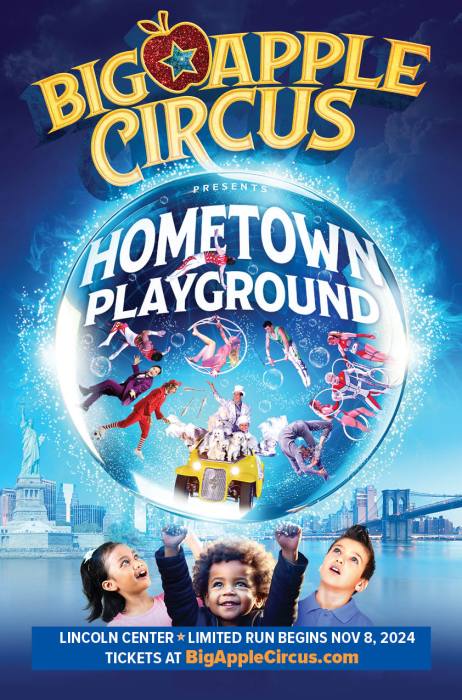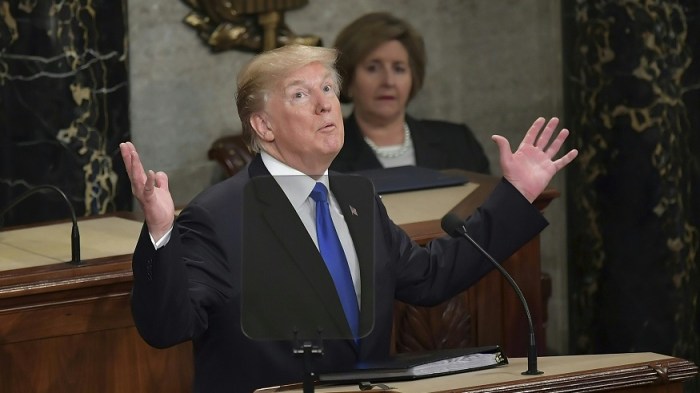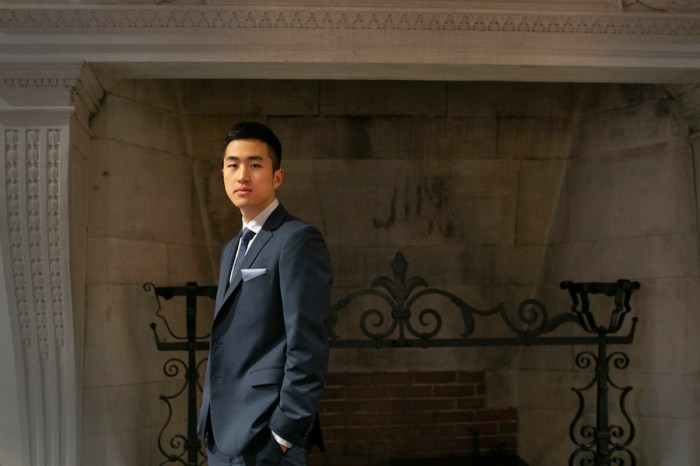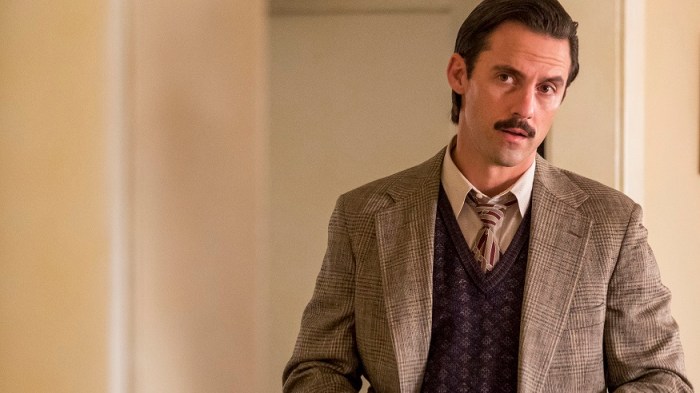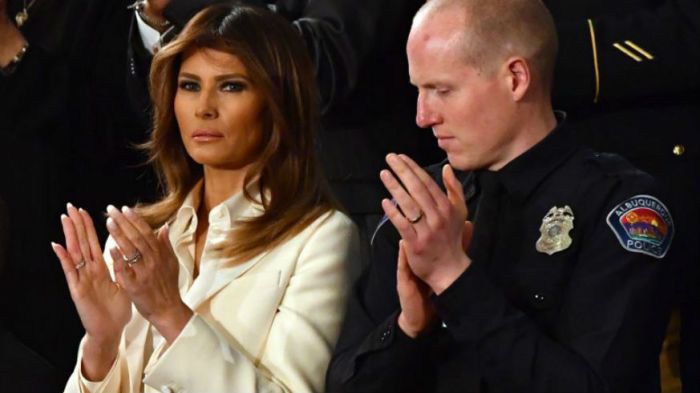By the 2020 presidential election, 22 million teenagers will be eligible to vote for the first time, and to help these teens be politically informed, a local nonprofit is hosting a State of the Union action party.
After President Donald Trump speaks to the American public for the 2019 State of the Union address, teenagers will gather in the Bronx to make memes and gifs, annotate the speech and record their own responses the president’s comments.
To get the voters of tomorrow to be politically engaged today, the New York City-based Learning About Multimedia Project (LAMP) partnered with the Center for Information & Research on Civic Learning and Engagement (CIRCLE) at Tufts University. Together, they launched the nonpartisan 22×20 campaign.
“Research shows that 40 percent of youth are more likely to vote if they’re taught about elections early on, and that voting [at a young age] leads to a lifelong habit of voting,” said Catherine Burgess, operations director at the LAMP. “We want to present youth with the opportunity to learn about elections, learn about their role in elections and to … feel empowered.”
What happens at a 22×20 State of the Union action party?
Action parties are one part of the 22×20 campaign, and 22×20 worked with partners across the country to plan parties before, during and after the 2019 State of the Union. On Wednesday, Bronx-based nonprofit HERE to HERE will host one for about 30 New York City youth.
There, a video of the State of the Union will be projected on a screen and the text of the speech will be available for teenagers to annotate, fact check and think about what messages are being presented and what ones are being left out.
“The State of the Union is a touchstone event in our democracy,” Burgess said. “It’s a time when the president is giving an account of where our country is, and we want to give youth a chance to respond to that and have their voices be heard.”

Students will gather around different media “stations” and choose their preferred medium, whether video, audio, photography, gif, meme, poster or so on, to say what they want to say about the speech, and to share what they would put in their own State of the Union speeches.
These action parties are a way to teach teenagers media literacy skills and to meet them where they are in terms of where they get their news and how they share information, Burgess added.
“We want them to see that they have a role in our democracy,” she said. “It’s easy to think because you’re not of voting age your voice doesn’t matter, but it does. Twenty two million is a lot of people, and to see that you have such power in saying something about our democracy, about our country — that’s what we ultimately want them to take away, that they have a voice and their voice matters.”

